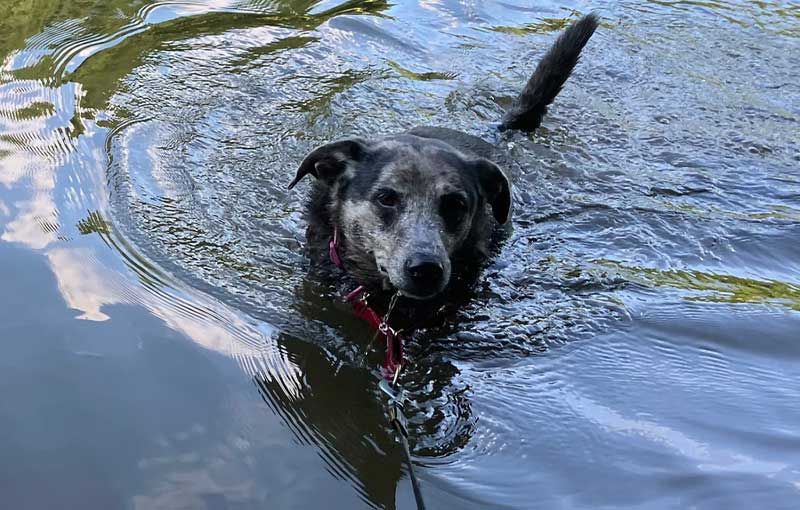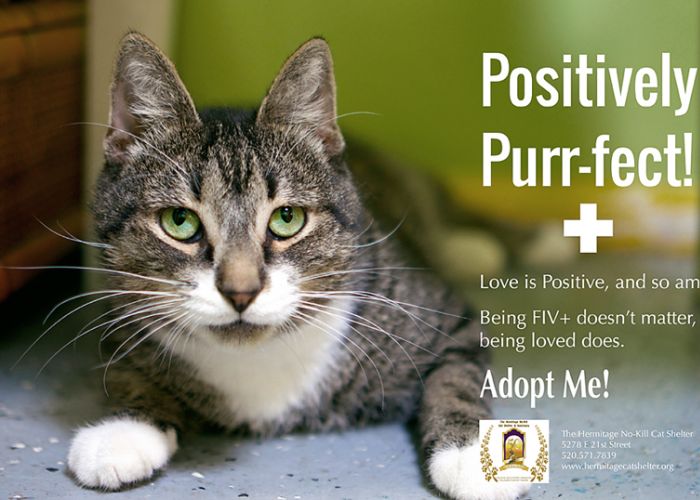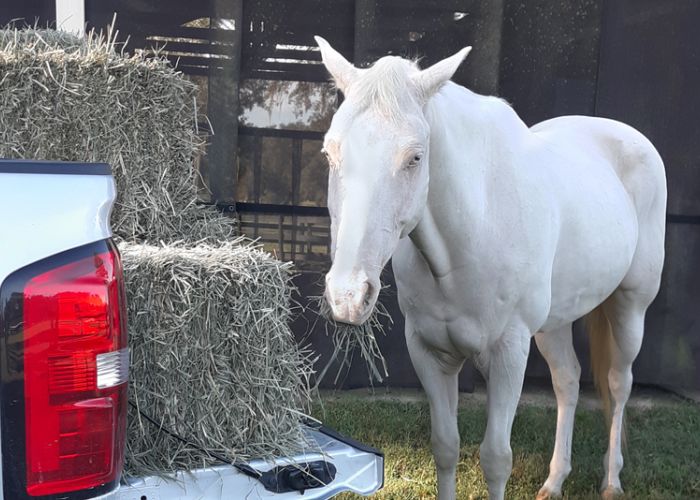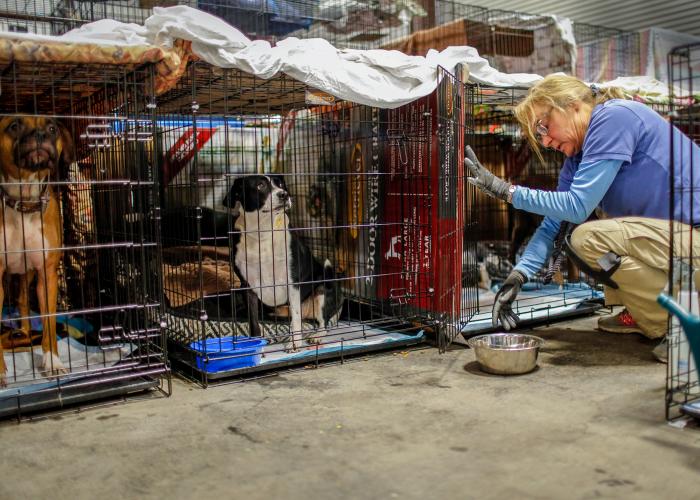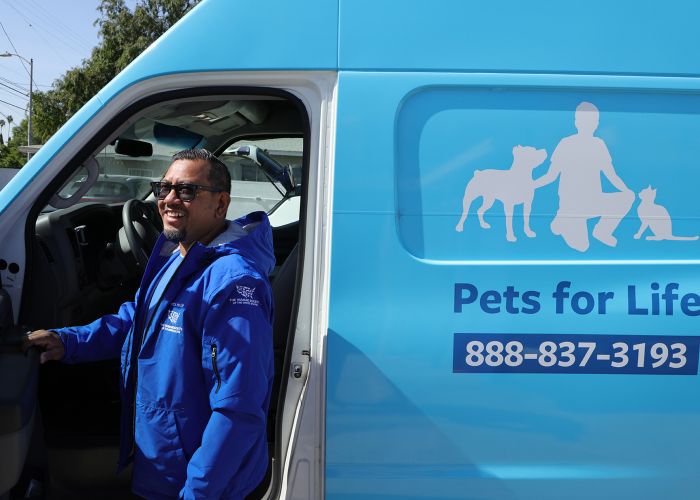Your own private dog park
Wondering where to go with a reactive or shy dog? With Sniffspot, you can rent a safe, off-leash space for any pup
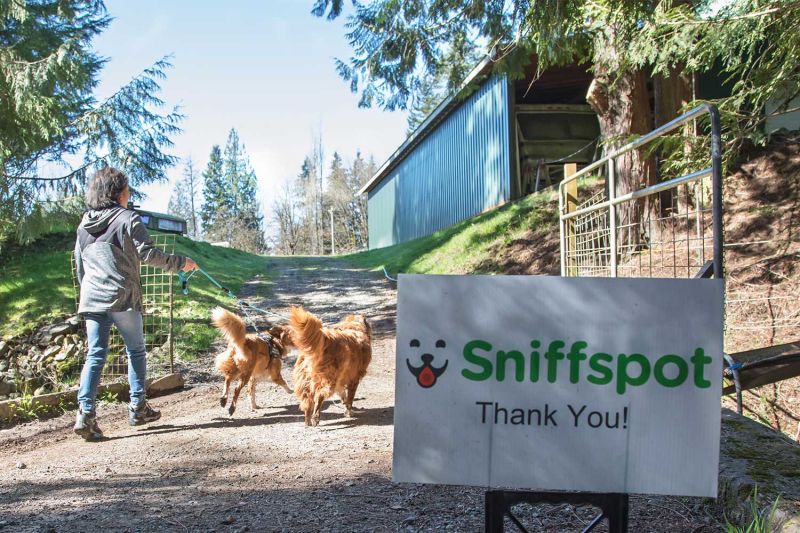
A few minutes into the stroll, my dog Lilly trotting ahead at the end of a long leash, I realize something is different.
I’m not glancing over my shoulder every few seconds to make sure that a jogger, biker or skateboarder isn’t coming up from behind to catch me unaware.
I’m not tightening up the leash before every turn in the path, knowing there’s a good chance my high-strung coonhound mix won’t react well to whatever—a toddler, another dog, someone wearing a hat—might be around the bend.
My mind isn’t flashing back to other outings when an off-leash dog frolicked toward us and the owner, always far behind, cheerily called out, “Don’t worry; my dog is friendly,” while I grabbed hold of my snarling, writhing animal and yelled back, “But mine isn’t!”
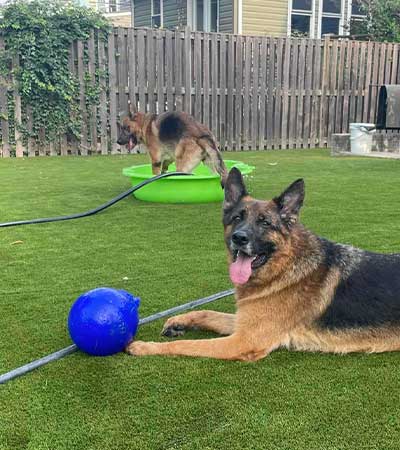
Today, instead of walking my reactive dog with the hypervigilance of a Secret Service agent scanning for snipers, I’m completely relaxed, free of the anxiety I feel during our typical walks in a suburban neighborhood. And right in that moment, I understand the appeal of Sniffspot, an online marketplace where dog owners can rent backyards and other private spaces for their pups’ exclusive enjoyment.
The idea originated when David Adams and his dog, Soba, were living in a seventh-floor apartment in downtown Seattle. Even in one of the most dog-friendly cities in the U.S., Adams says he struggled to find safe, off-leash spots where his young Lab-pit bull-type mix, whom he adopted from the San Francisco SPCA, could burn off her boundless energy.
Meanwhile his wife, Rebecca Sheppard, was experiencing the same dilemma when she traveled to Baltimore with Toshii, the Rhodesian ridgeback-basenji mix she adopted while volunteering at a Georgia shelter. After one trip, she told Adams that the world needed an app for locating nearby dog parks.
Adams, who has a background in business and computer technology, latched onto the idea but took it in a different direction.
His experience with dog parks had been mixed. The closest to his Seattle apartment was a 45-minute walk away, and Soba was once bitten there.
“We need public dog parks, but that free and open nature also means you don’t have control over what dogs are there.”
—David Adams, Founder and CEO, Sniffspot
“It felt like every time you went there, there was at least one dog who made it not fun,” he says. “We need public dog parks, but that free and open nature also means you don’t have control over what dogs are there.”
He thought there must be people with backyards or other private lands who would rent them to dog owners searching for a place to exercise their pups. He was right, and in late 2017, Sniffspot launched in Seattle with a handful of host properties and a mission to make the world a more dog-friendly place. It’s since grown to more than 8,000 host properties in 1,500 cities across the U.S. and other countries.
“I’ve been constantly surprised with how much people want this,” Adams says. “I think [dog owners] are going to look back in five to 10 years and say, ‘I don’t know how we survived without it.’”
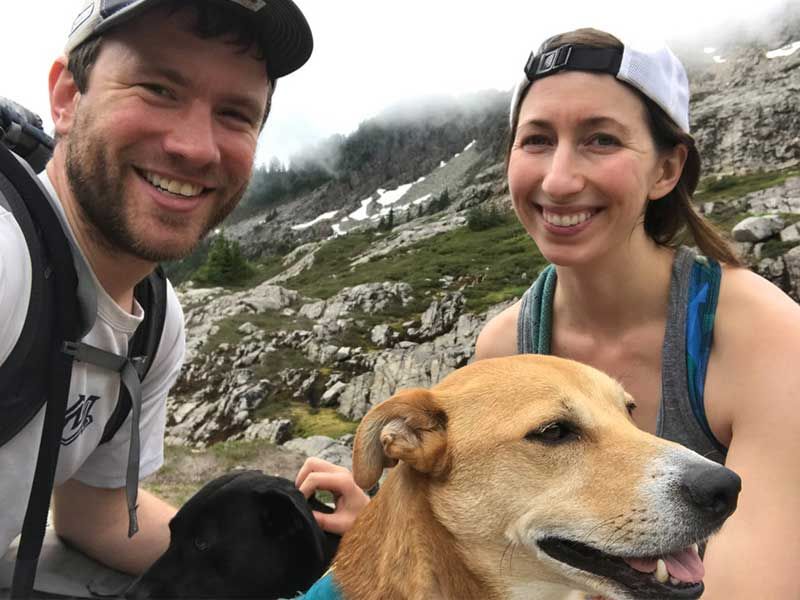
Sniff marks the spot
In the beginning, Adams envisioned that Sniffspot would serve people like him: urban dog owners living in apartments and condos without backyards. “But 60% of users don’t live in an urban area, and 70% have their own yard,” he says. “That was surprising. Sniffspot is a walk replacement, not necessarily a yard replacement.”

Stories on the Sniffspot community Facebook group testify to its broad appeal. Many users extol it as a safe way to explore new places with their pets, to break out of the boring rut of strolling the same neighborhood streets. Playdates that bring friends and their pups together are popular, and photos of doggie birthday parties abound.
“I have never seen my dogs have more fun,” writes one user about her visit to a lakefront property in Washington. “Having a safe spot to swim with reactive dogs is so great!” chimes in another.
Beneath the fun and games, Sniffspot serves a serious purpose. Cities and suburbs didn’t evolve to meet dogs’ intrinsic needs, Adams says, and about 15% of users are referred by trainers. By making it easier and more enjoyable for people to provide their pets with exercise and stimulation, he hopes Sniffspot will enable more people to adopt or foster dogs and decrease shelter surrenders due to behavioral issues.
To that end, Sniffspot offers discount codes for shelter fosters and adopters, and breed discrimination is prohibited. It’s all part of Adams’ vision of building a community that’s both dog-friendly and inclusive.
“This isn’t just a certain kind of dog who needs this,” he says. “It’s all dogs.”
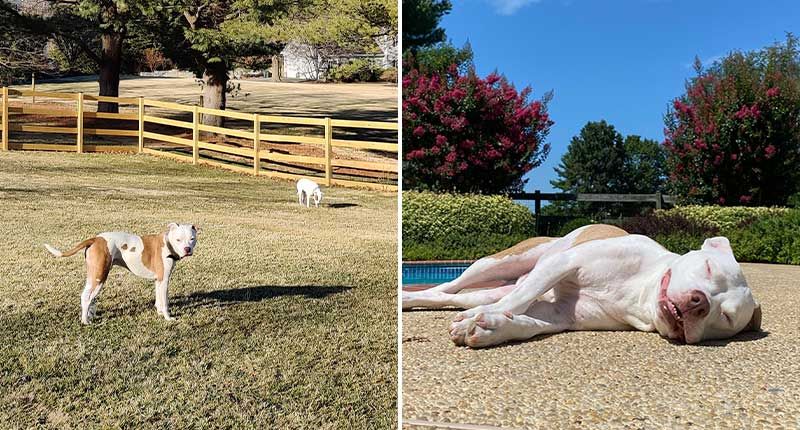
The sweet sniff of success
Sniffspot properties come in many forms—from suburban backyards stocked with agility equipment to rural parcels featuring fields and streams. Some hosts earn up to $3,000 a month, Adams says, but for most, the primary motivation is helping dogs.
In North Potomac, Maryland, pit bull-type dogs Charlie and Molly revel in their half-acre fenced yard and swimming pool, but they once had a very different lifestyle. Helen Choi and her husband were in graduate school when they adopted the dogs from two different Philadelphia rescue groups, and they all lived together in a “tiny apartment,” she says.
Choi was thinking back to those days last February when she signed up to be a Sniffspot host and said to her husband, “Let’s see if we can do something good with this.”
Bookings were a little slow at first, but as the weather grew warmer, “Reservations ticked up to the point where I had to block off some hours and days so I could enjoy some backyard time with my pups and family,” Choi says. Now four months into the venture, she’s had nearly 60 reservations, earning $1,700 that she and her husband donated to four local rescue groups.
Despite a few frustrations along the way—such as the occasional guest who hasn’t read the rules or forgets to pick up after their pups—Choi says that being a host has brought her a lot of joy. She particularly likes serving dogs with “unique social and environmental needs,” who remind her of a former foster dog named Kage who was reactive to strangers.
“I really love seeing the pups come and enjoy themselves,” she says. “It means a lot to me.”

The sniff test
The Chois’ backyard is fully booked the weekend that I create my Sniffspot account. Fortunately, the website reveals more than 100 other properties near my zip code.
Similar to vacation home rental sites like Airbnb and VRBO, each property listing includes photos, amenities (such as sprinklers or toys for the pups, picnic tables and firepits for the humans) and user reviews. Hosts set their own rates, which range from $5 to $30 an hour.
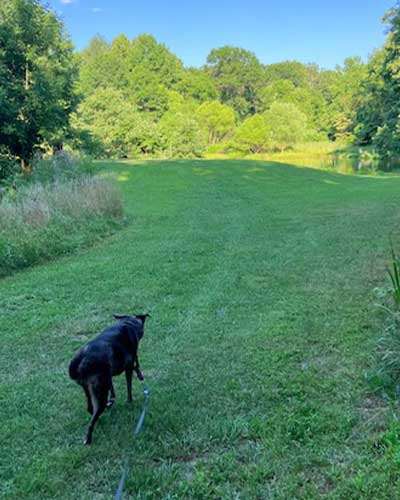
Unlike other rental websites, the listings focus on the details that dog owners most care about, such as the size of the property and, if it’s fenced, the height of the fence at its lowest point, the type of fencing and whether there are any gaps. Filters allow users to search for properties with specific features, such as access to water, and to exclude spots based on other criteria, such as whether other domestic animals are visible or audible from the property. There’s a half-hour break between bookings so that arriving and departing guests don’t overlap.
All of this makes it easy to zero in on the best places for me and my pup. Since I don’t want to spend an hour watching Lilly fence fighting, I immediately pass over any places where there’s a dog next door, and to protect my leash arm, I rule out any with nearby horses, chickens or geese. After I reserve an hour at a rural property with a pond, Sniffspot emails me a list of doggie water safety tips.
At 5:30 that evening, Lilly and I arrive at Peace of Quiet Farm in Adamstown, Maryland, an unfenced 30-acre tree farm. The host, Rick Jordan, comes out to meet us, hands me a map of the property, along with his cell number in case we get lost, and points out a box filled with dog toys and a pet first-aid kit.
He confesses that when he first learned about Sniffspot, he thought it was the “silliest idea” he’d ever heard. But the idea quickly grew on him.
As the owner of two rescued Labradors and a foster volunteer with a local Lab rescue, the prospect of other dogs enjoying his property appealed to him. In the five weeks since he signed up as a host, he’s had 68 bookings.
“Some people want to do field training, some people want nature walks, some want to see their dog swim,” he says. And there are clients like me, who don’t plan to let their dogs off leash but just want a tranquil outing, free of UPS trucks, kids on scooters and myriad other doggie triggers.
Before long, I’m loading a wet dog into my car and thinking this might be the best $15 I ever spent.
The pond is a short distance down a dirt path, but Lilly is so caught up investigating smells along the way that it takes a while to reach it. For the next half hour, we walk the perimeter of the pond, and she splashes in and out with glee. Then we head down a shady trail, and Lilly races down the stream bank to search for minnows in the water.
Before long, I’m loading a wet dog into my car and thinking this might be the best $15 I ever spent. Apparently, I’m not alone: Jordan tells me that he’s already had several repeat visitors, including a woman who drives 60 miles from Baltimore to give her dog a taste of the rural life.
“Dogs who have never swam in their life are jumping in the pond; they never had the opportunity before,” Jordan says. “The pictures people are posting of the dogs having a blast—that just melts me. It makes it all worthwhile.”
I’m driving down the gravel driveway, making a mental note to reserve two hours for the following weekend, when Lilly spots a rabbit. Fortunately for my ear drums, her vociferous outburst is short lived. After an hour exploring a slice of doggie paradise, she doesn’t have the energy to make more of a fuss.
